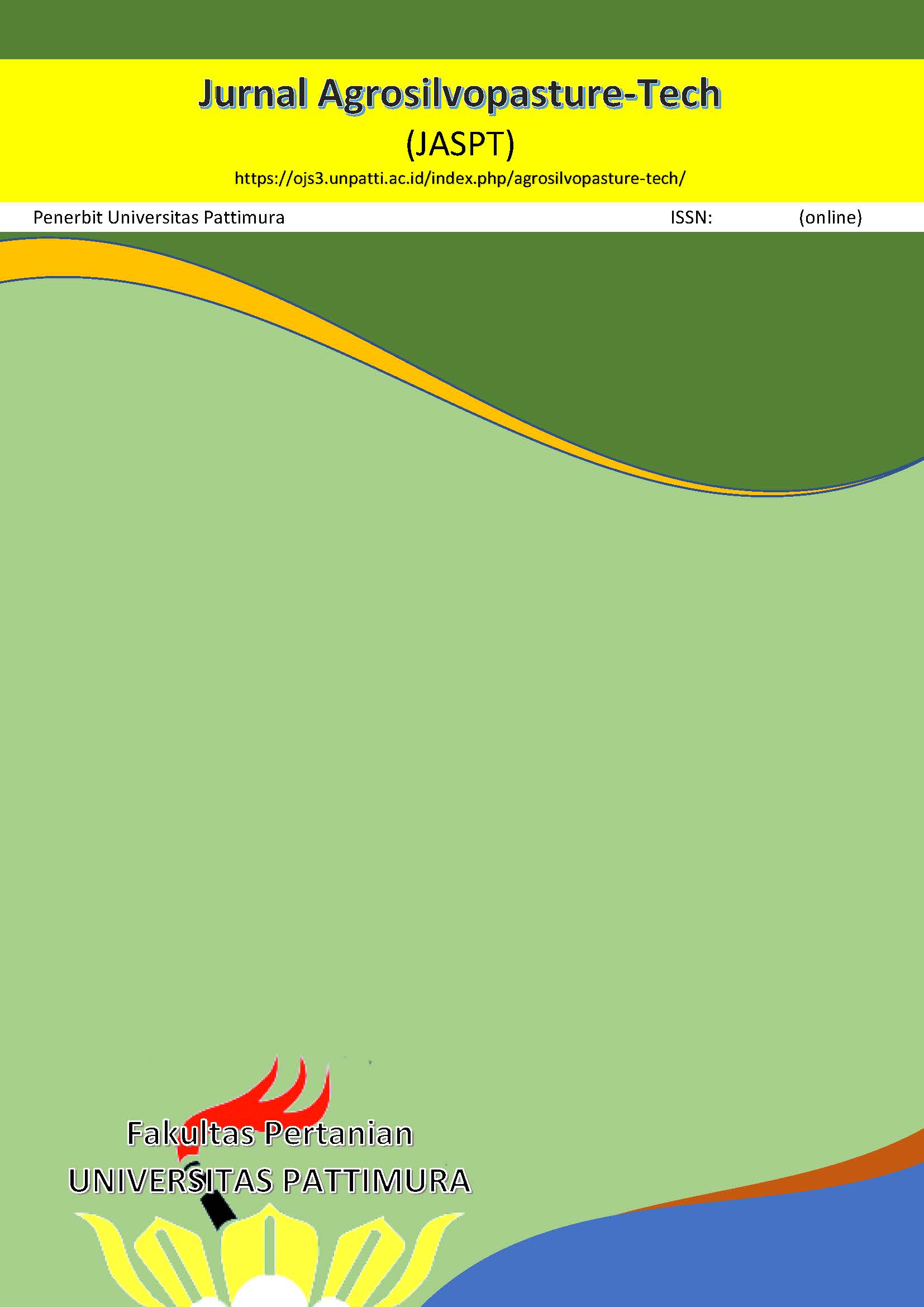Relationship between Nutrition Adequacy Level and Nutritional Status of Elementary School-aged Children in Nusalaut District
Abstract
Nutritional status is one of the factors that determine human resources and quality of life. For this reason, there is a nutrition improvement program in order to improve the nutritional quality of food consumption, so that there is an improvement in the nutritional status of the community. This study aims to analyze the relationship between energy and protein adequacy levels with the nutritional status of elementary school-age children. This study uses a descriptive correlation with a cross-sectional approach. The variables in this study consisted of independent variables in the form of Energy Adequacy Level (TKE) and Protein Adequacy Level (TKP), while the dependent variable was the nutritional status of the respondents. The results showed that there was a significant relationship between nutritional status and energy adequacy level (X², p = 0.000.), as well as a significant relationship between nutritional status and protein adequacy level (X², p = 0.002). This shows that the nutritional status of elementary school-age children is influenced by household food consumption so if household food consumption is good (varied, nutritious, and balanced), the child's nutritional status will also be good.
Downloads
References
Almatsier, S. (2010). Prinsip Dasar Ilmu Gizi. Jakarta. Gramedia Pustaka Utama, Jakarta
Direktorat Bina Gizi Kementerian Kesehatan Republik Indonesia. (2011). Perilaku Makan Anak Sekolah; ditulis oleh Judarwanto W.
Gibney, M.J., Margetts, B.M., Kearney, John M., & Arab Lenore. (2009). Gizi Kesehatan Masyarakat. Jakarta: Penerbit Buku Kedokteran EGC.
Ghulam, A. (2010). Faktor-faktor yang Berhubungan dengan Pemenuhan Pola Pangan Harapan Ditinjau Dari segi Daya Beli Konsumsi Pangan Tahun 2010. Skripsi. Jakarta: Universitas Muhammadiyah Prof. DR. Hamka. 2010.
Hardiansyah, S. (2014). Ilmu Gizi: Teori dan Aplikasi. Jakarta: Penerbit Buku Kedokteran.
Karyadi, D. (1996). Kecukupan Gizi yang Dianjurkan. Jakarta: PT. Gramedia Pustaka Utama.
Kementrian Kesehatan RI. Jakarta. (2013). Peraturan Menteri Kesehatan Republik Indonesia Tentang Angka Kecukupan Gizi Yang Dianjurkan Bagi Bangsa Indonesia.
Kementrian Kesehatan RI. Jakarta (2020). Peraturan Menteri Kesehatan Republik Indonesia Tentang Tentang Standar Antropometri.
Riset Kesehatan Dasar, (2013). Laporan Hasil Riset Kesehatan Dasar Nasional Tahun 2013. Jakarta: Balitbangkes Depkes
Rokhmah, F, Muniroh, L., & Nindya, N. S. (2016). Hubungan tingkat kecukupan energi dan zat gizi makro dengan status gizi siswi SMA di Pondok Pesantren Al-Izzah Kota Batu. Media Gizi Indonesia, 11(1), 94–100.
Soumokil, O. (2013). Hubungan Pola Makan dan Asupan Zat Gizi Dengan Status Gizi Anak Balita di Pulau Nusalaut Kabupaten Maluku Tengah. Thesis: Universitas Gajah Mada, Yogyakarta.
Copyright (c) 2023 The Author(s)

This work is licensed under a Creative Commons Attribution-ShareAlike 4.0 International License.




.png)

